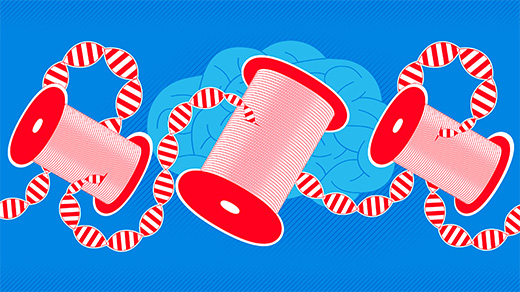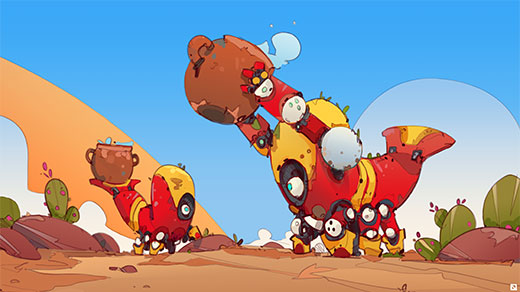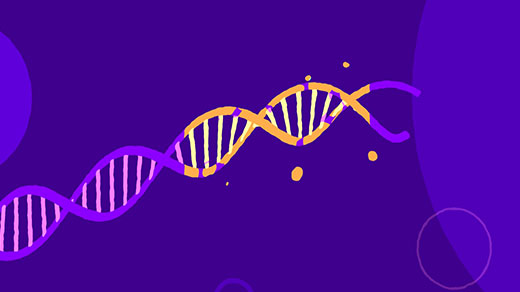What's up in
Genomics
Latest Articles
New Genomic Study of Placenta Finds Deep Links to Cancer
A patchwork of genomic differences in the placenta may explain the organ’s “live fast, die young” strategy and its connections to cancer.
The Epigenetic Secrets Behind Dopamine, Drug Addiction and Depression
New research links serotonin and dopamine not just to addiction and depression, but to the ability to control genes.
By Losing Genes, Life Often Evolved More Complexity
Recent major surveys show that reductions in genomic complexity — including the loss of key genes — have successfully shaped the evolution of life throughout history.
Where Do New Genes Come From?
In their search for sources of genetic novelty, researchers find that some “orphan genes” with no obvious ancestors evolve out of junk DNA, contrary to old assumptions.
Billion-Year-Old Algae and Newer Genes Hint at Land Plants’ Origin
A recently unearthed fossil and new genomic discoveries are filling important gaps in scientists’ understanding of how primitive green algae eventually evolved into land vegetation.
To Decode the Brain, Scientists Automate the Study of Behavior
Machine learning and deep neural networks can capture and analyze the “language” of animal behavior in ways that go beyond what’s humanly possible.
Inherited Learning? It Happens, but How Is Uncertain
Studies suggest that epigenetics allows some learned adaptive responses to be passed down to new generations. The question is how.
Fossil DNA Reveals New Twists in Modern Human Origins
Modern humans and more ancient hominins interbred many times throughout Eurasia and Africa, and the genetic flow went both ways.
What’s in a Name? Taxonomy Problems Vex Biologists
Researchers struggle to incorporate ongoing evolutionary discoveries into an animal classification scheme older than Darwin.








